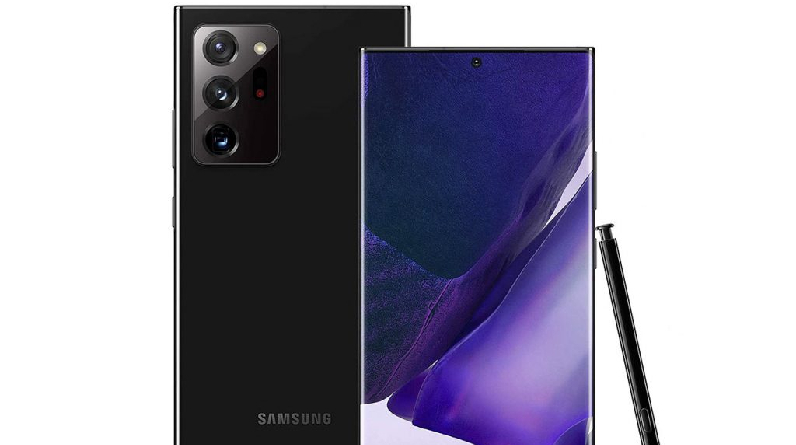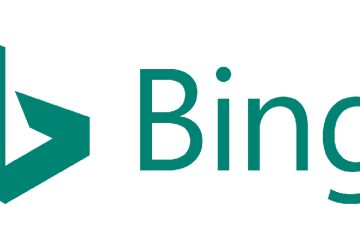Examining the Samsung Galaxy Note20 Ultra 5G

Samsung released the Note10 and Note10+ last year as a one-off. They were very similarly equipped, with only screen size serving as a deciding factor between the two. Fortunately, that is not the case at the present time. Similar to how the S20 Ultra outclasses the S20+, the Note20 Ultra and Note20 are both large and have no shared features. We’re not here to bash the Note20 in your absence; we’ll deal with its flaws and restrictions when one actually lands on our doorstep. Let’s concentrate on the Ultra right now.
The massive camera bump from the S20 Ultra’s predecessor is back on the Note20 Ultra. The primary 108-megapixel camera and the secondary 12-megapixel ultra wide-angle camera are also retained. However, the 48MP unit found in the S-series phone has been swapped out for a 12MP periscope telephoto; how well this works out in practise remains to be seen.
Examining the Samsung Galaxy Note20 Ultra 5G

Display combines high refresh rate from S20s with Note-style geometry, and now adaptive refresh rate adjustment is said to further improve its quality. Oh, and here’s a spoiler: the AMOLED display is the brightest we’ve ever seen.
Sure enough, the S Pen is included, albeit shifted to the left side of the device. The Notes app now has a 9ms latency (down more than 4 times from the Note10), system-wide Air actions, and a Notes app to make you forget Google Keep.
Everything is housed in a new and improved design, with a stainless steel midframe in place of aluminium and the latest generation of Gorilla Glass (dubbed “Victus”) for increased durability. Only the Mystic Bronze colour option, which is already attractive, benefits from a matte finish on the back that prevents fingerprints. A gleaming sheen covers the Mystic Black. Samsung released the Note10 and Note10+ last year as a one-off. They were very similarly equipped, with only screen size serving as a deciding factor between the two. Fortunately, that is not the case at the present time. Similar to how the S20 Ultra outclasses the S20+, the Note20 Ultra and Note20 are both large and have no shared features. We’re not here to bash the Note20 in your absence; we’ll deal with its flaws and restrictions when one actually lands on our doorstep. Let’s concentrate on the Ultra right now.
The massive camera bump from the S20 Ultra’s predecessor is back on the Note20 Ultra. The primary 108-megapixel camera and the secondary 12-megapixel ultra wide-angle camera are also retained. However, the 48MP unit found in the S-series phone has been swapped out for a 12MP periscope telephoto; how well this works out in practise remains to be seen.
Galaxy S20 Ultra, Note20 Ultra, and S10+ in a group photo. Display combines high refresh rate from S20s with Note-style geometry, and now adaptive refresh rate adjustment is said to further improve its quality. Oh, and here’s a spoiler: the AMOLED display is the brightest we’ve ever seen.
Sure enough, the S Pen is included, albeit shifted to the left side of the device. The Notes app now has a 9ms latency (down more than 4 times from the Note10), system-wide Air actions, and a Notes app to make you forget Google Keep.
Everything is housed in a new and improved design, with a stainless steel midframe in place of aluminium and the latest generation of Gorilla Glass (dubbed “Victus”) for increased durability. Only the Mystic Bronze colour option, which is already attractive, benefits from a matte finish on the back that prevents fingerprints. A gleaming sheen covers the Mystic Black.
See Also: The Nutritionist-Explained Benefits of Oatmeal
Features of the Samsung Galaxy Note20 Ultra 5G
Dimensions (inches): 164.8 x 77.2 x 8.1; Weight (in ounces): 208; Material(s): Glass (Gorilla Glass Victus) front and back; Stainless steel (IP68) dust and water resistance (up to 1.5 metres for 30 minutes);
- The colours available are Mystic Bronze, Mystic Black, and Mystic White.
- Exposure: 6.90 “HDR10+, Always-on display, 120Hz@FHD/60Hz@QHD, 1440 x 3088 pixels (in total), 19.3:9 aspect ratio, 496 pixels per inch (ppi).
- Exynos 990 (7 nm+) system-on-a-chip worldwide, Qualcomm SM8250 Snapdragon 865+ (7 nm+) U.S.A.:
- eight-core (2×2.73 GHz Mongoose M5 & 2×2.50 GHz Cortex-A76 & 4×2.0 GHz Cortex-A55) International, Octa-
- Core (1×3.00 GHz Kryo 585 & 3×2.42 GHz Kryo 585 & 4×1.8 GHz Kryo 585) Adreno 650 – USA; Mali-G77 MP11 – Worldwide.
- Flash storage: 128GB, 256GB, and 512GB; UFS 3.0; microSDXC; 12GB RAM (uses shared SIM slot).
- Operating system (OS): Android 10 with One UI 2.5.
- When looking backwards, the camera captures: Ultra wide angle: 12 MP, f/2.2, 13mm, 1/2.55″, 1.4m; LED flash, auto-HDR, panorama; Wide (main): 108 MP, f/1.8, 26mm, 1/1.33″, 0.8m, PDAF, Laser AF, OIS; Telephoto: 12
- MP, f/3.0, 120mm periscope, 1.0m, PDAF, OIS, 5x optical zoom, 50x hybrid zoom.
- 10 megapixel (MP), f/2.2, 26 mm (wide), 1/3.2 ” sensor (front) camera “, 1.22um, Dual-Pixel Phase-Detection
- Autofocus, Dual-Video-Call Capability, Auto-HDR.
- video: 8K at 24 frames per second, 4K at 30/60 frames per second, 1080p at 60/240 frames per second, 720p
- at 960 frames per second, HDR10+, stereo sound recording, gyro-EIS and optical image stabilisation; The
- front-facing camera can record in 4K at 30/60 frames per second or 1080p at 30 frames per second.
- In terms of power, the battery packs in at 4500 mAh and supports fast charging via 25W of power via USB Power Delivery 3.0, fast wireless charging via Qi/PMA, and 9W of power via reverse wireless charging.
- NFC; FM radio (Snapdragon model only; market/operator dependent); Samsung Wireless DeX (desktop experience support); ANT+; Bixby natural language commands and dictation; Samsung Pay (Visa, MasterCard certified); S Pen Stylus, 9ms latency; Fingerprint (under display, ultrasonic); (Bluetooth integration, accelerometer, gyro).
However, there are some other items on that list that are puzzling. Like the smaller battery and the removal of 45W charging support compared to the S20 Ultra. Users in half the world have to accept the increasingly large gap between the Snapdragon and Exynos platforms. In related news, we’ll be reviewing the 5G-capable Exynos variant of the Galaxy Note20 Ultra. However, that will be the only time 5G is mentioned in the review; the rest of the time, for the sake of brevity, we will be skipping over it entirely. Due to the nature of this being a review unit rather than a finished product for sale, it lacked the customary retail extra S Pen tips and tool. There was also a lack of earbud tips in a variety of sizes. We don’t think Samsung would omit either of these features, and we expect them to be standard on retail models.
Leave a reply
You must be logged in to post a comment.










